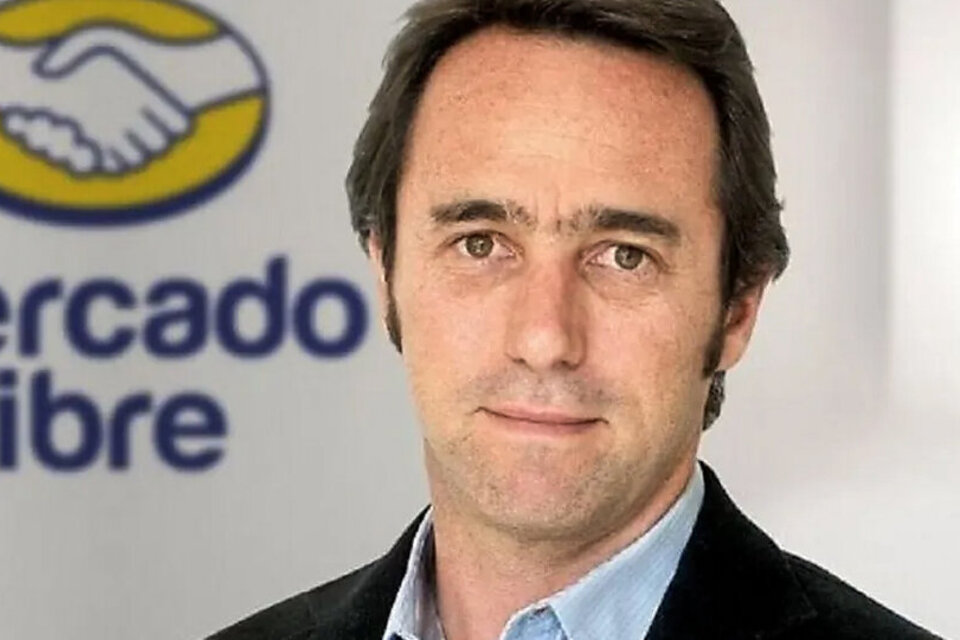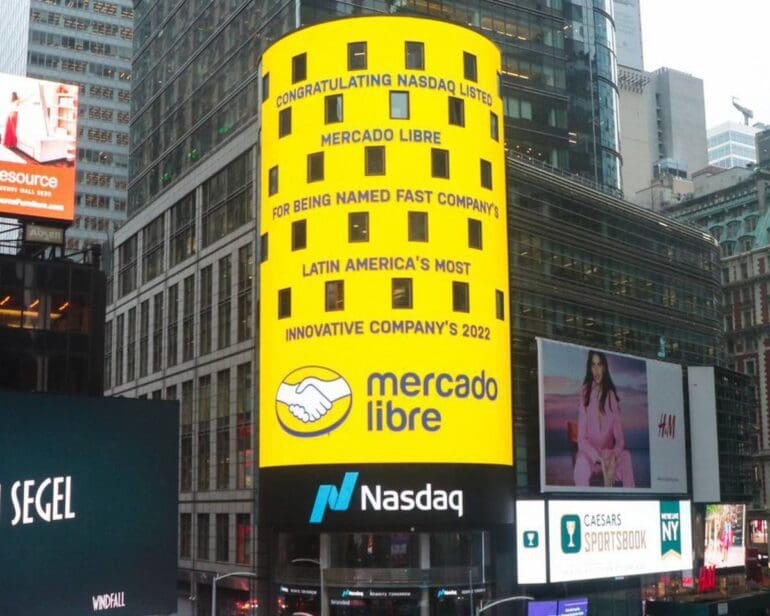
Mercado Libre, the Amazon of Latin America, continues to reap the benefits of its fintech strategy. The Argentina-based corporation booked $262 million in profits in the second quarter, up 113% year over year amid strong e-commerce tailwinds and a growing fintech business in the region.
The company reported $3.4 billion in revenues, of which almost $1.5 billion were attributed to Mercado Pago, its wide-ranging fintech arm. The company said its fintech business grew 48% in local currency, or 24% in U.S. dollars.
Total payment volume reached almost $80 billion in the first half of 2023, up from $55 billion in 2022. Mercado Pago added roughly 7 million new active fintech users, up 18.6% year over year to 45.3 million by the end of the quarter. According to the company, this was largely driven by greater adoption in Brazil, where the country offers high-yield saving accounts.
This strategy of offering attractive real yields to depositors is a common approach adopted by financial technology companies. These aim to lure traditional bank customers who might get little to no return for their deposits while inflation is considerably higher.
Fintech revenue high, but slowing
Although fintech revenue saw strong growth during the quarter, the company acknowledged its fast-paced expansion showed signs of deceleration. At a 48% rate in local currency, this compares to triple digits a year ago. And 64% in the linked quarter.
“Fintech growth remained high but slowed as it lapped the 2022 peak of credits growth,” the company noted in a presentation. Mercado Pago had been pulling the brakes on new loans, mainly as inflation took a turn for the worse in Latin America. It exacted almost $600 million from loan revenues, just 12.9% up from the year-ago quarter.
Instead, Mercado Pago’s payment services drove most of its business. These grew at a 34.4% pace in the three months.
The financial arm’s significance in the overall business is evident. Fintech now contributes to nearly 45% of the group’s total revenue. The company holds a credit portfolio of $3.25 billion, mostly comprised of consumer loans.
Mercado Pago card business in Brazil
Recently, the e-commerce giant has begun issuing credit cards in Brazil, its largest market. “Credit products in Brazil delivered healthy levels of profitability and delinquency, still driven by a continued cautious approach to originations,” the company noted.
Additionally, the neobank has experienced growth in its asset management business. This was primarily fueled by high-yield savings accounts, with interest rates set at 100% of the benchmark rate. In Brazil, the Selic rate is 13.75% as of August 1.
In Argentina, where inflation hits well over 100% every year, the company is riding a strong tailwind. It reported an 80% year-on-year increase in the number of users using investment tools. These pay an annualized interest rate of approximately 80%.
“As a result, Mercado Pago now hosts the largest retail money market fund in the country,” the firm said.


